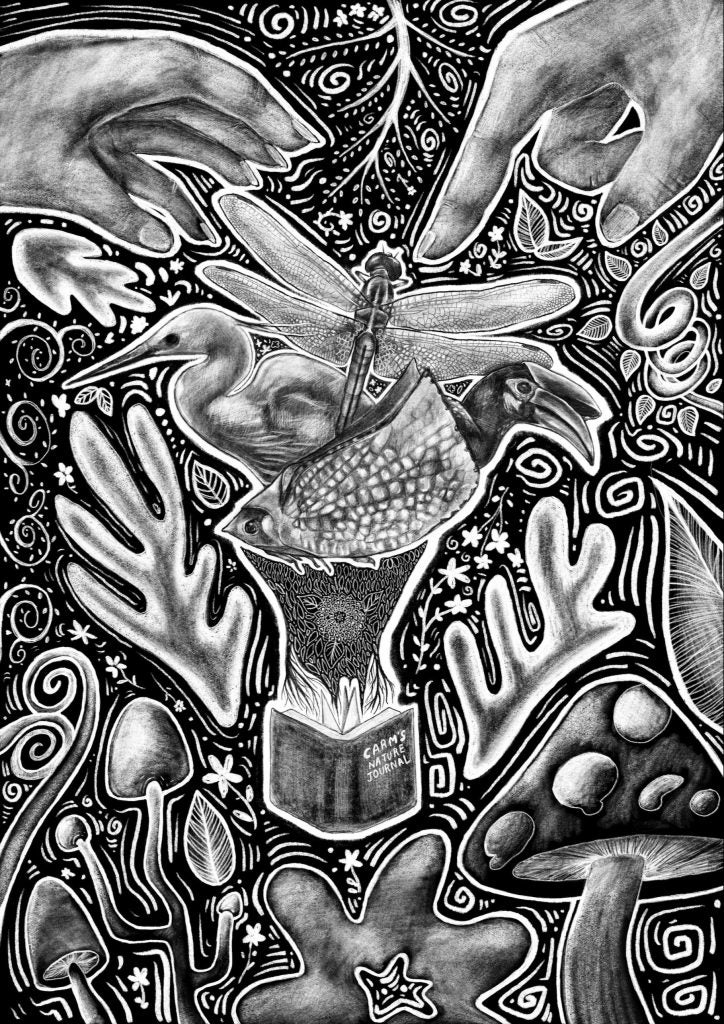We held our 5th Anniversary celebration online on 5 September 2020, with a lineup of talks by our research and education staff and a livecast of celebratory activities attended by a small group of special guests. A commemorative book, L:50 Stories of Labour and Love, was also launched.










